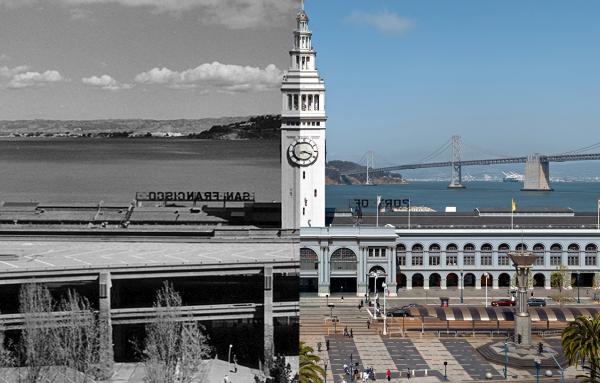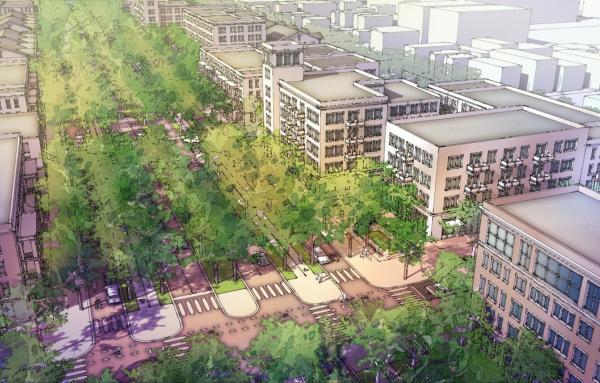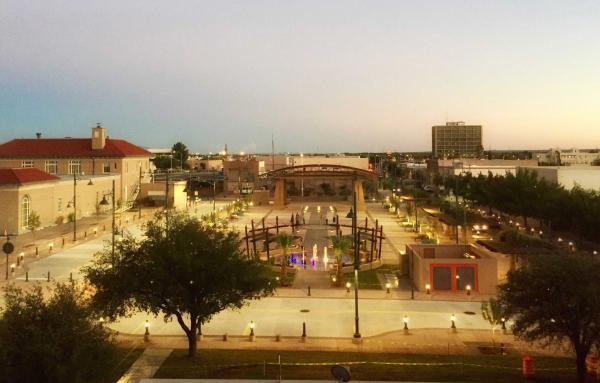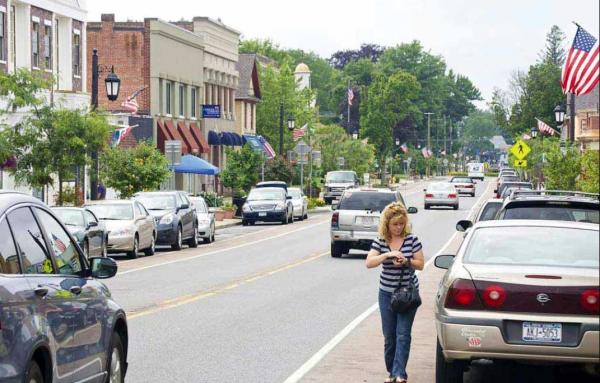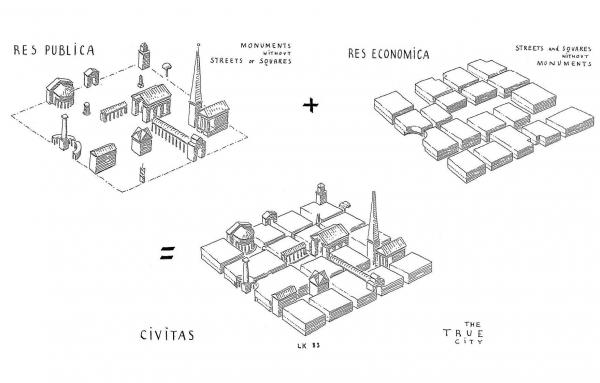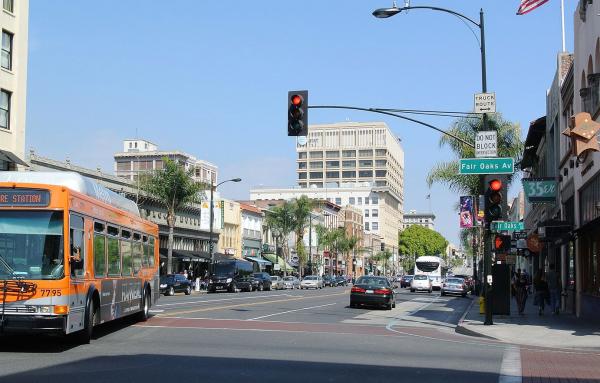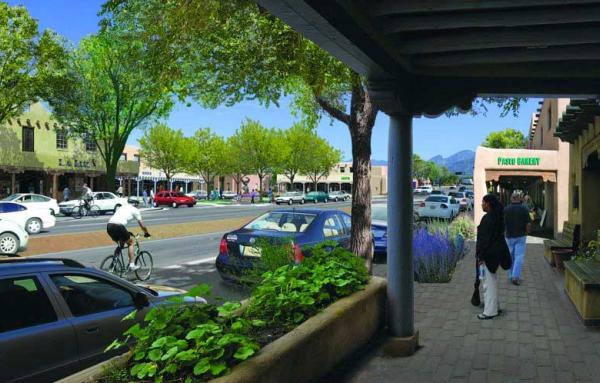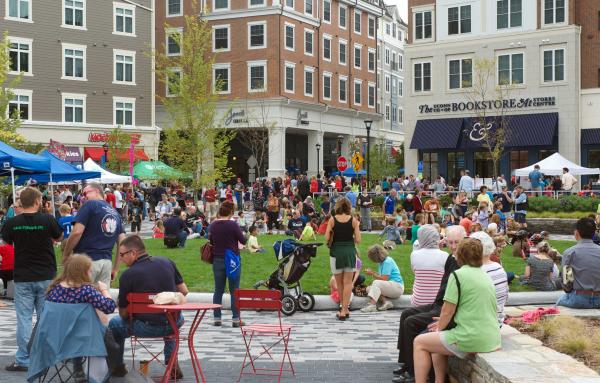great ideas
Reducing state and federal infrastructure costs while boosting local economies by strengthening urban places is a win-win from in-city freeway transformation.
The New Urbanism is a design movement toward complete, compact, connected communities—but it is also a generator of ideas that transform the landscape. Communities are shaped by the movement and flow of ideas, and the New Urbanism has been a...
Market and local government support for new urbanist values is rising and that is changing the planning mindset in many regions.
Building thoroughfares as places of beauty and social interaction requires a context-based approach to design.
Public housing in the form of complete or partial neighborhoods started with HOPE VI and became standard practice, impacting the lives of people in cities and towns across America.
More and more people are appreciating that architecture and urban design of streets and public spaces have the power to connect, engage, and inspire all of us.
From coast to coast and in middle America, more sensible parking policies are taking hold and may be the quickest path to urban revitalization.
Lean Urbanism seeks to bring common sense back into the planning and development process—because great neighborhoods are built with many hands, often in small increments.
A leaner, lighter approach to infrastucture is more cost-effective, sustainable, and livable—an idea worth considering for America in National Infrastructure Week.
New urban codes have allowed cities and towns to code for complete neighborhoods and public spaces as shared-use places.
The market is much more receptive to the benefits of mixed-use today, but it is still easier to talk about main street retail than to effectively build it.
A set of principles that are clear and generative provide a solid foundation for the New Urbanism. Those principles have withstood the test of time and empirical research, and they can be implemented in countless ways.
